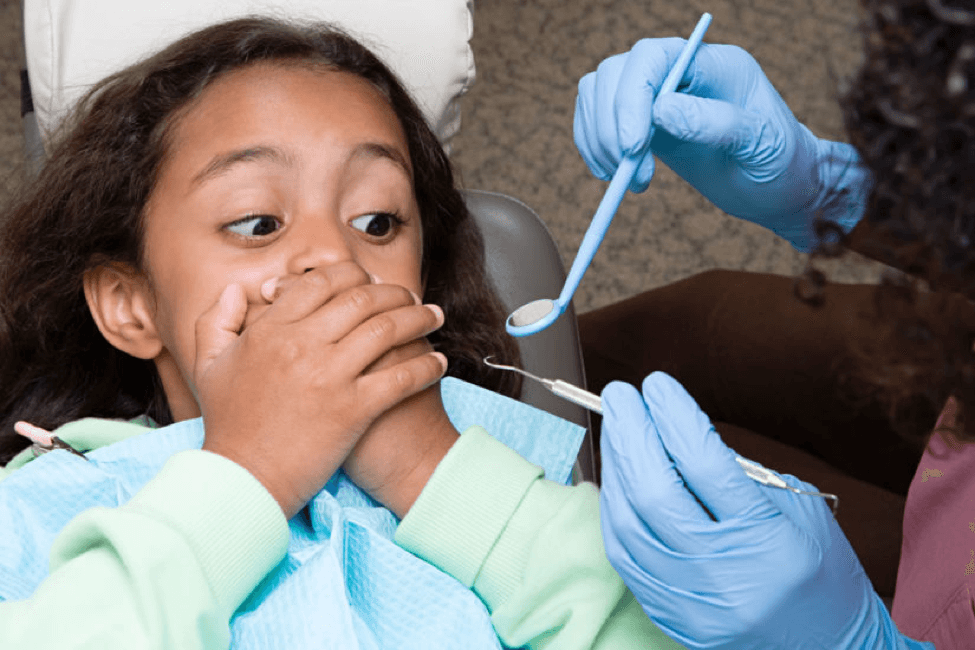Photo from firstbaptistdelavan.com
Hebrews 13:16 is about doing good and sharing. In fact, the Bible refers to these as sacrifices. Just what is a sacrifice? Merriam-Webster Dictionary defines the word “sacrifice” as an act of giving up something that you want to keep especially in order to help someone. What ways can you teach your children to be make sacrifices in order to do good and to share? Below are some suggestions.
Consider all the myriad toys that your children have. Donating them to a worthy cause that supports children is “doing good” and “sharing” contemplated in our verse. What toys have your children outgrown or are not being played with anymore? Can they be cleaned and donated to other children? Assist your children in compiling a list of these items and then discuss where they could be donated. Is there a children’s hospital or clinic in your area? What about a shelter? Have your children accompany you to make the donation so they can see where their toys will be placed. It will give them a sense of accomplishment and well-being to be part of the effort to do good and share.
Also consider your children’s outgrown and unused clothing and shoes. As springtime approaches, what better than to go through closets and drawers, including yours, to select clothing and other items that can be donated. Please make sure that the items that are being donated are clean and in good condition.
Donating time and efforts are valuable lessons too. Is there a park in your community that needs sprucing up? Consider forming a group of caring parents and children and after getting approval from the appropriate authorities, spend time making the improvements. These efforts will definitely be sacrifices as children will want to do other “fun” things with their spare time. But, these are all life lessons.
This list is just some of the things to consider. The goal is to have children learn that obeying the Word of God is important and brings honor and glory to Him.
For additional reading, CLICK HERE.



